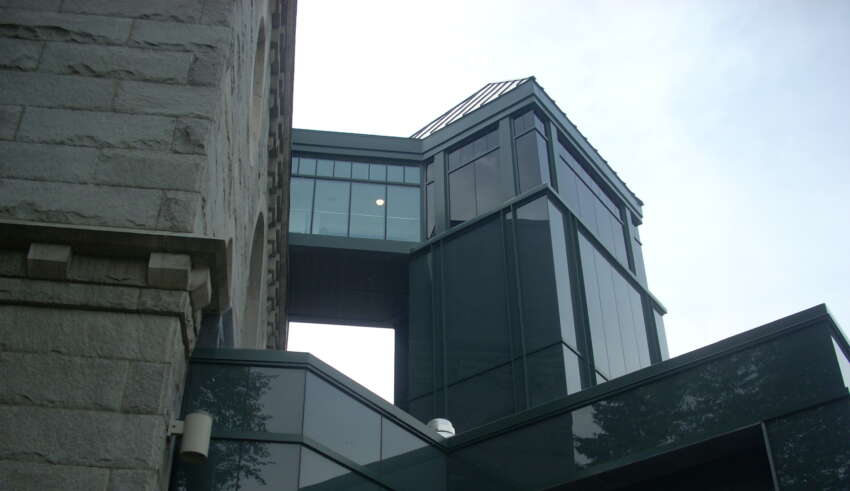
Engagement in Community
Generativity is to be found in yet a fourth way. I witnessed this when helping to conduct a two-year research project on Community Sage Leadership in Western Nevada County, California. Fifty men and women (ages 25-55) were identified as emerging sage leaders and interviewed in-depth on the same set of key life questions. Another fifty men and women (ages 56-90) from the same communities (Grass Valley and Nevada City, CA) were identified as senior sage community leaders and also were interviewed on these questions.
In writing the project book (The Sages Among Us: Harnessing the Power of Civic Engagement), I joined with the project director, Gary Quehl, in identifying a powerful, unifying theme—especially among the retired senior sage leaders (Quehl and Bergquist, 2012). These men and women were generative in their care for the community in which they lived. Unlike many other retirees who had retreated into gated retirement communities and often stagnated there, the fifty senior sage leaders found enormous gratification in their involvement with local arts councils, environmental action groups, hospitality organizations, and many other initiatives that enhanced community development. Collective Worth was front and center for these sage leaders.
When we are generative in late midlife, we establish, support, or help to expand networking in our community. Our focus on Personal Worth is set aside. Collective Worth gains priority. We move beyond our own family and the organizations in which we have worked. We are particularly suited at this time in life to such roles as teacher, trainer, or coach to the leaders or managers of nonprofit organizations or community action forums. In many cases, as we noted in The Sages Among Us, the role of community-based generativity is not necessarily to start something new, but rather to support and build on that which other people have begun—and it is contagious (Quehl and Bergquist, 2012, p. 90):
“. . . as part of their generativity, many senior sages report that their “job” in working as a volunteer is to build on the accomplishments of their predecessors. Rather than starting something new, which might bring personal recognition and ego gratification, these dedicated seniors value continuity and honoring past contributions. Their passion is contagious, as is their appreciation for work already done. This enables them to generate new energy as well as re-kindled old passions. They re-interpret the existing vision of their organization so community members can see the often-unacknowledged value inherent in work already done and will continue to be done by the organization. One of our sage leaders described this way of being generative as ‘leading quietly.’”
As we noted, these community-based generative services are not just about quiet leadership; they are also about voluntary community engagement. In keeping with this spirit of Generativity Four, one of our sage leaders noted, “We don’t retire, we just quit working for money.” George Vaillant (2012, p. 166) offered the same observation about his Harvard grads: “community-building is a career of its own—one of the really great ones.”








